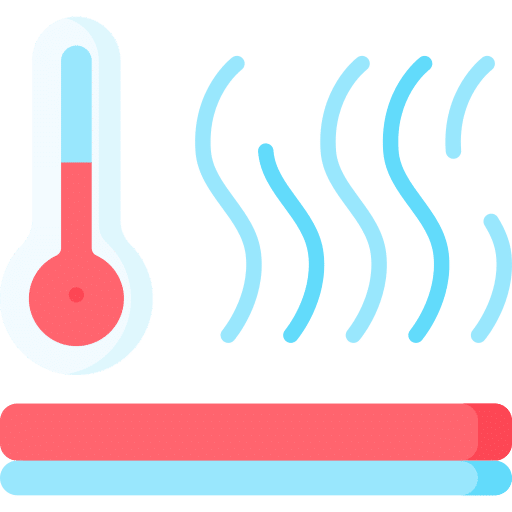Laser Cutting Plastic Service Precision for Diverse Materials
Trusted by
1,000’s
of Satisfied Customers
30+
Years in Business
The term “plastic” often brings to mind a simple, uniform material, but in reality, plastic encompasses an incredibly broad range of polymers, each with distinct properties. From flexible films to reinforced composites, each type of plastic behaves differently under a laser. This diversity makes laser cutting an invaluable tool, as it can be tailored to meet the specific needs of each material. Laser cutting plastic requires a deep understanding of how different polymers react to heat, light, and pressure, allowing for precise, clean cuts without damaging the material’s integrity. Whether you’re cutting high-performance thermoplastics like PEEK for medical devices or processing eco-friendly bioplastics for sustainable packaging, laser technology adapts to handle the unique challenges of each plastic.
While some plastics, like acrylic, cut easily and produce smooth, polished edges, others, like polycarbonate, can discolor or warp without careful management of laser settings. The success of laser cutting plastic lies in the precise calibration of laser power, speed, and pulse rates, ensuring that even heat-sensitive or reinforced plastics are cut cleanly without distortion or damage. By mastering these complexities, laser cutting offers unparalleled precision and versatility across a vast range of plastic materials, opening up endless possibilities for industries from aerospace to consumer electronics.
| Plastic Type | Properties | Common Applications | Laser Cutting Considerations |
|---|---|---|---|
| Acrylic (PMMA) | Clear, rigid, good optical clarity | Signage, display cases, lighting fixtures | Produces clean, polished edges; minimal heat-affected zone |
| PEEK (Polyether Ether Ketone) | High thermal stability, chemical resistance | Medical devices, aerospace components | Requires precise heat control to prevent warping or distortion |
| Polycarbonate (PC) | High impact resistance, transparent | Electronics housings, protective covers | Can discolor or melt under high heat; fine-tuned settings required |
| Reinforced Composites | Enhanced strength with glass or carbon fibers | Automotive parts, industrial components | More challenging to cut; specialized lasers recommended for smooth cuts |
| Bioplastics | Eco-friendly, biodegradable | Sustainable packaging, disposable products | Sensitive to heat; requires careful laser intensity management |
| PVC (Polyvinyl Chloride) | Durable, chemical resistant | Industrial applications, construction materials | Releases harmful fumes when cut; requires proper ventilation |
When it comes to laser cutting plastic, heat management is critical. Unlike metals, plastics have a much lower melting point, making them more susceptible to issues like warping, melting, and discoloration when exposed to intense laser energy. The success of the laser cutting process relies on understanding how each type of plastic reacts to heat and adapting the laser settings to match these characteristics.
Advanced Techniques for Heat Control
Cooling Systems
Incorporating air or gas-assisted cooling systems during the cutting process can help dissipate heat from the plastic surface. This technique minimizes the chances of melting or burning the edges, ensuring a cleaner finish. For heat-sensitive plastics like bioplastics and thin polypropylenes, the cooling systems are essential in maintaining the integrity of the material and preventing damage.
Controlled Laser Intensity and Speed
Adjusting the laser’s power and cutting speed is another effective strategy in managing heat. For softer plastics or those prone to burning, lowering the laser power while increasing the speed helps to keep the heat exposure minimal. This technique is often applied when cutting acrylic to achieve polished edges or when working with reinforced composites to prevent fiber separation and maintain structural strength.
Spot Size and Focal Length Adjustments
Fine-tuning the laser’s spot size and focal length can make a significant difference in how heat is distributed across the plastic material. A smaller spot size allows for more concentrated energy, ideal for precision cuts on intricate designs, while a larger spot size disperses the heat over a broader area, reducing the risk of localized melting. This approach is particularly beneficial for complex geometries in PVC and nylon.
Pulse Modulation
Pulse modulation is a technique where the laser beam’s intensity is controlled in rapid bursts, instead of a continuous stream. By modulating the laser pulses, you can significantly reduce the amount of heat applied to the plastic, allowing for precise cuts without overheating. This is especially useful for materials like polycarbonate and PEEK, which can discolor or deform if exposed to excessive heat.



